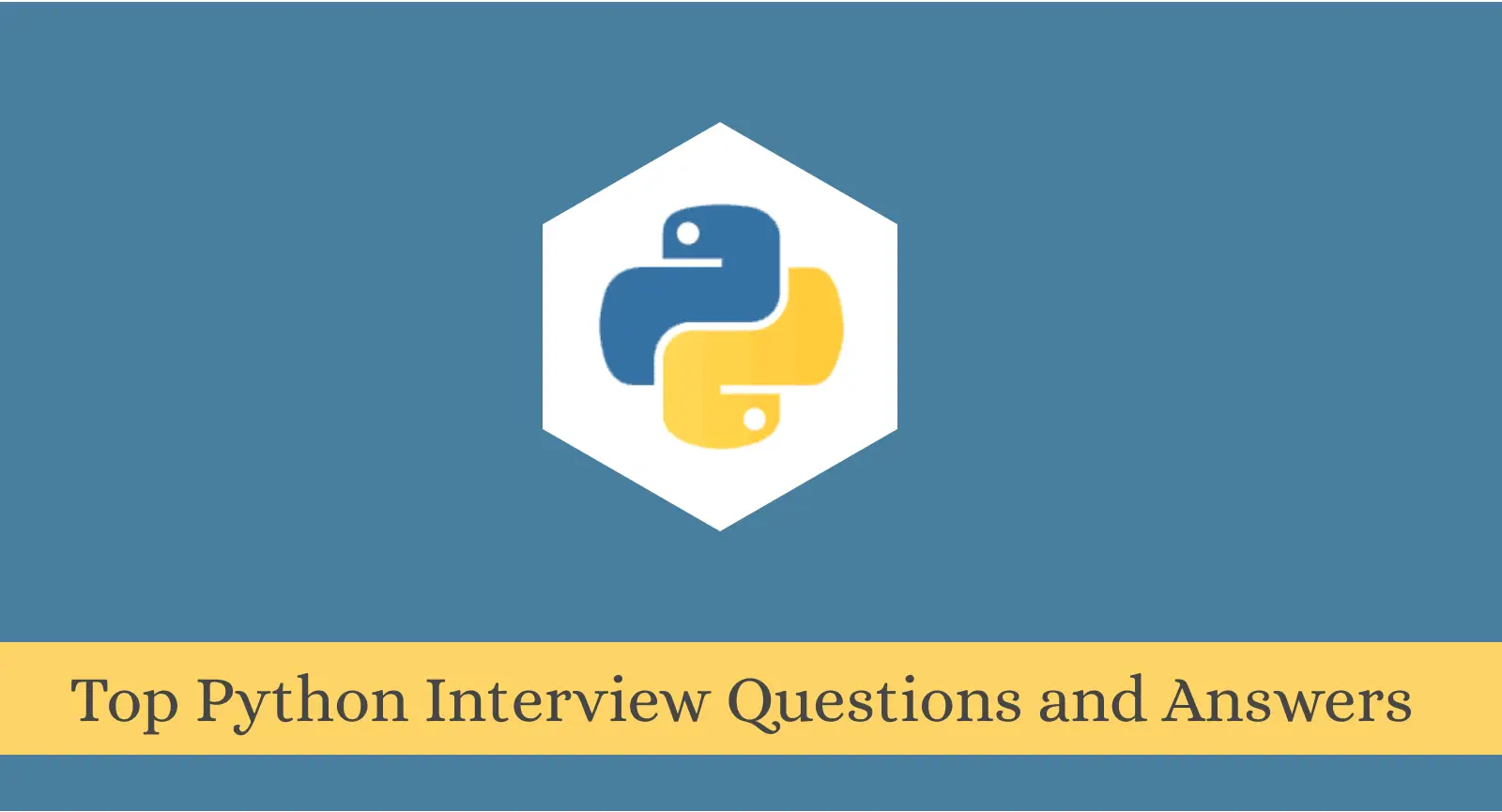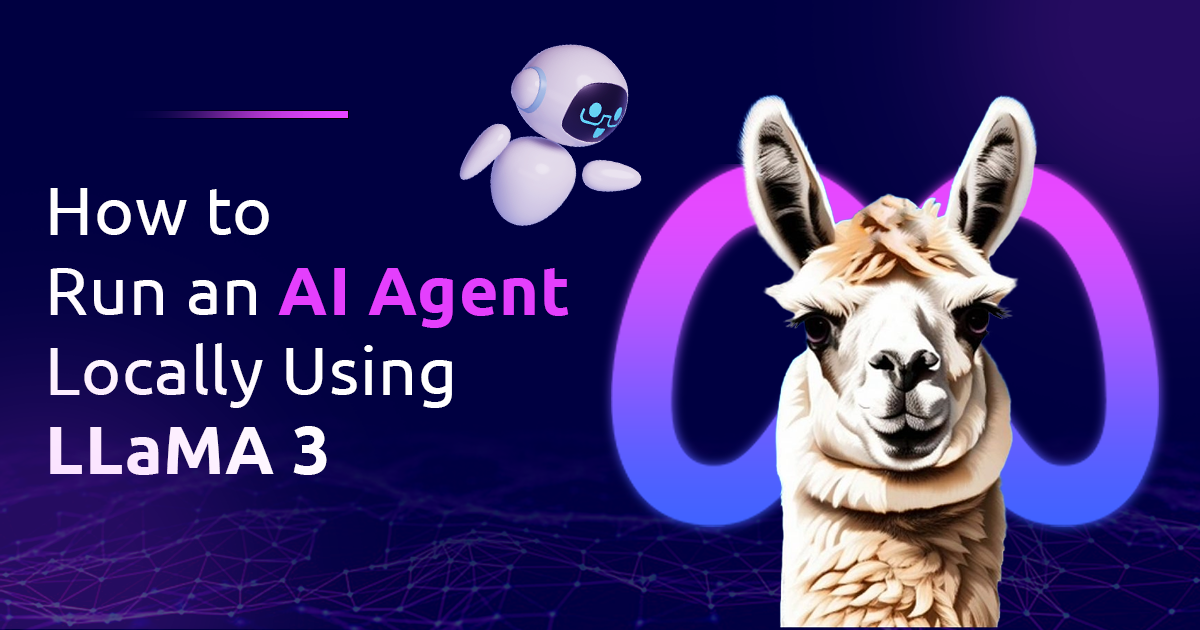If you want to make a career in web or software development you need to have a strong understanding of the TRIO – HTML, CSS, and JavaScript. On the other hand, if you are determined to stand out from a big pool of applicants you need to learn additional programming languages, but the problem is that there are a plethora of programming languages in the market, then it becomes cumbersome to choose the one which will give high ROI (Return On Investment).
This is where Python comes into play. Nowadays it is one of the most popularly used programming languages because of its ability to produce effective results. Python is in great demand and you’re gonna have to compete with thousands of applicants who possess the same knowledge of Python as you to secure a job in any organization.
In the next section, we will provide you a list of exhaustive Python interview questions and answers for freshers that cover the core concepts, applications, and, framework of Python.

Python Interview Questions and Answers for Freshers in 2025
If you’re a fresher eyeing a career in software development, particularly as a Python developer, or if you’re an experienced professional, just go through the list of Python coding interview questions and answers, as they will eventually be of immense help in cracking interviews and securing a role as a proficient Python developer.
What is Python?
These days, Python is one of the most broadly used programming languages. It was developed by Guido van Rossum and was released in 1991. It’s a general-purpose, interpreter, high-level, interactive, object-oriented scripting language.
It consists of modules, objects, threads, and automatic memory management. It takes into consideration a plethora of programming paradigms, including structured, object-oriented, and functional programming. Python is often referred to as a “batteries included” language due to its large standard library.
Is Python a case-sensitive language?
Yes, it is a case-sensitive programming language.
State some features of Python.
Python is:-
- Interpreted
- Dynamically typed
- Object-oriented
- Cross-platform
- General-purpose language
It is primarily used in the domains of data science, artificial intelligence, and machine learning. It can function effectively on various platforms such as Linux, Macintosh, UNIX, and Windows. It can also easily be amalgamated with C++, C, COM, and ActiveX.
How Python is an Interpreted Language?
In layman’s terms, interpreted language means executing a program by reading the source code line by line. Python is considered an interpreted language because it runs directly from the source code.
Code is required whenever Python programs are executed. The main function Python does is that it simply converts the source code written by the programmer into an in-between language. This is again translated into the native language that is eventually executed. It is primarily done at runtime by the interpreter
Describe some benefits of using Python.
- Easy to comprehend
- Free and Open-source
- User-friendly data structures
- Highly portable as well as interactive
- Provides extensive support libraries
- Processes XML and other mark-up languages
- Third-party modules are present
- Can run on various operating systems
What are some of the downsides of using Python?
- It is slow in comparison to C/C++ or JAVA
- Not efficient when it comes to mobile development
- Memory consumption is high for Python, so for memory-intensive tasks, Python is not preferable
- The access layer of Python is a bit old and underdeveloped
- Python’s design has multiple issues
- The syntax is so simple that programmers often get accustomed to using Python and often a times face difficulty in learning other programming languages.
Python supports what sorts of data types?
- Numbers
- String
- List
- Tuple
- Dictionary
Python supports which databases?
Most prominently Python supports-
- MySQL (Structured)
- MongoDB (Unstructured) databases.
Which different file processing modes are supported by Python?
- Read-only mode: It is the default mode and opens the file for reading.
- Write-only mode: It opens a file for writing. If there is any data in the file it’ll be lost and a new file will be created.
- Read-Write mode: It is often referred to as updating mode. It enables both reading and writing.
- Append mode: It opens the file for writing. It adjoins to the end of the file if the file exists.
- Which tools help in finding bugs in Python?
Various tools are available in Python which helps in finding bugs. The most popular tools are- PyChecker and Pylint.
What is PYTHONPATH?
PYTHONPATH is an environment variable and is installed to add additional directories. Python will search for modules and packages in these additional directories. The main use of PYTHONPATH is when the user is creating some code that she wants to import from Python.
How is memory managed in Python?
Private heap space is responsible for managing Python’s memory. It consists of all Python objects and data structures. The Python interpreter takes care of this private heap space. Python’s in-built garbage collector makes memory available for private heap space by recycling and freeing up all the unused memory.
How to comment on multiple lines in Python?
The comment refers to a piece of text in a computer application that is meant to explain the source code. In Python, the symbol # is used to comment on multiple lines.
What are docstrings in Python?
Documentation strings (or docstrings) are string literal in Python. These are utilized in the class, module, function, or method definition. They appear right after defining class, module, and function.
What are pickling and unpickling?
Pickling in Python enables the programmer to serialize objects into binary systems whereas Unpickling refers to the exact opposite of Pickling. It allows users to de-serialize objects into binary systems.
What is a namespace in Python?
A namespace in Python ensures that all the names used in a program are distinct. In Python, each package, module, class, function, and method function has its own “namespace”. Amusing facts about Python is that it executes namespaces as dictionaries. Some examples are – local namespace, Global namespace, and built-in namespace.
Check Out – 10 World-Class Companies Using Python
What is an operator in Python?
Operators are special symbols in Python. These are used to perform operations on different values and variables.
Different types of operators that are present in Python are as follows:-
• Arithmetic operators
These are used to perform mathematical operations.
• Assignment Operators
These are used to assign values to operators.
• Comparison Operators
These are used to compare two values.
• Logical Operators
These are used to combine conditional statements.
• Identity Operators
These are used to check if two values are located in some part of the memory.
• Membership Operators
These are used to ensure whether a value or a variable is present in a sequence.
• Bitwise Operators
These act on bits and perform bit-by-bit operations.
How can you distinguish between .pyc and .py files?
.pyc contains the program’s bytecode on the other hand .py file contains the source code of the program.
How will you distinguish between NumPy and SciPy?
NumPy stands for Numerical Python while SciPy stands for Scientific Python. The main distinction is that NumPy is used for the manipulation of data in Python whereas SciPy refers to a collection of tools that aids Python in integration, differentiation, etc.
What do you understand by slicing in Python?
Slicing is primarily concerned with returning the value of the sub-string from the main string. It consists of a start, stops, and step value.
Syntax
slice(start, end, step)
- What are Python dictionaries?
Python dictionaries can often be referred to as a cluster of unordered items and they are mutable. They comprise keys and values separated by a : (colon).
For example – dict = {‘EmployeeName’ : ‘Sofia’ , ‘EmployeeAge’ : 20, ‘EmployeeCity’ : ‘New York’ }
The left side of the (:) is a key and the right side of the (:) is a value.
What is negative indexing in Python?
Negative indexing enables you to index a list or tuple from the end rather than from the start. It is more effective and efficient and increases readability.
What is the package and module in Python?
Module refers to a file that contains Python’s statements and definitions whereas package is a directory that contains Python’s files and a file with the name __init__.py.
Can you differentiate between Xrange and Range?
Both are built-in functions of Python and are used to create a list of integers within a specified range. Range returns a Python list object whereas Xrange returns the generator object.
What are the Generators in Python?
The generator function enables you to call a function that acts as an iterator. The function allows programmers to create an iterator effectively and efficiently.
How do FOR loop and WHILE loop differ in Python?
Python handles loops using FOR loop whereas other programming languages use the WHILE loop feature to handle loops.
What is the most effective way to find patterns and parse strings in Python?
Python utilizes the Regular expression module which is a built-in function to parse strings
Can you name some different environment variables identified by Python?
• PYTHONCASEOK: It is primarily utilized to find the first case-insensitive match in the import statement
• PYTHONPATH: It aids the interpreter to locate the module files imported into the program.
• PYTHONSTARTUP: It constitutes the path of the Initialization file ]which in turn contains the source code.
What is the significance of ‘#’ in Python?
‘#’ function is used to comment out the selected portion. It will not be interpreted by Python. If you use ‘#’ before any code it will not get displayed at the time of output.
What does ‘Monkey Patching’ means in Python?
The term monkey patching refers to the system of swapping methods to make modifications in a module, library, or class. It modifies other codes at run time ( mostly at startup).
Wrapping Up
Python is an extensive domain and it’s a necessity to stay updated about it. By listing out 30 Python interview questions and answers for freshers we aimed at covering the questions which are mostly asked during interviews about Python. This will aid you immensely if you are a fresher in the industry.
We earnestly hope that this article will be of great benefit while preparing for interviews.
Frequently Asked Questions (FAQs)
Ans: The most common Python interview questions are typically related to the following topics:
-Basic Python syntax and semantics.
-Object-oriented programming in Python.
-Data structures and algorithms in Python.
-Python libraries and modules.
-Python testing and debugging.
Ans: Practice developing Python code and finding solutions to Python issues is the greatest method to get ready for Python interview questions. To assist you with this, you may discover a range of materials online, including:
-Online tutorials and courses
-Practice problems and quizzes
-Coding challenges
-Interview question and answer websites
Ans: Here are some tips for answering Python Interview Questions:
-Be clear and concise in your answers.
-Use proper Python syntax and semantics.
-Explain your thought process as you solve problems.
-Be confident in your answers, even if you are not sure of the correct answer.
-Be prepared to discuss your Python programming experience
Ans: Some common mistakes to avoid in a Python Interview are:
-Not practicing enough.
-Not being familiar with the basics of Python syntax and semantics.
-Not being able to solve Python problems.
-Not being able to discuss your Python programming experience.
-Being too nervous or anxious.
Ans: There are many resources available to help you learn more about Python, including:
-Online tutorials and courses
-Books and articles
-Online communities and forums
-Python libraries and modules







